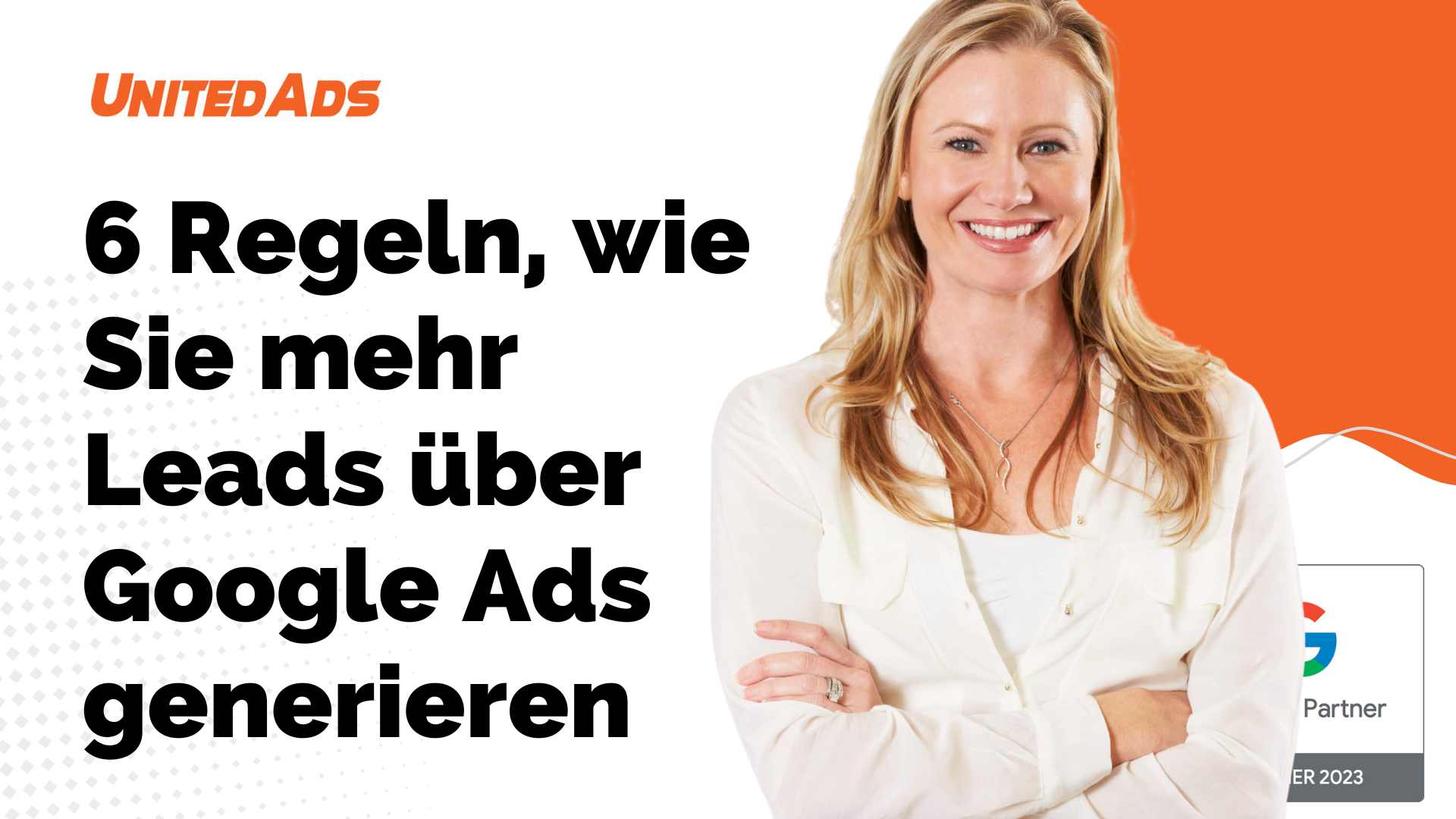In physical retail, such as a hardware store, B2B customers are often identifiable by their work clothes.
Online, on the other hand, the distinction between B2B and B2C customers is far more complex: both customer groups often use the same search terms in Google searches. This makes it a challenge to target them with digital strategies.
The online retailer Smarte Rauchmelder has successfully mastered this challenge: Through the clever use of first-party data, the company was able to launch targeted campaigns that significantly increased B2B sales. A tracking concept specially developed by UnitedAds to measure conversions played a decisive role here.
The difficulty with B2B online marketing
It quickly became clear that targeting potential B2B customers through online marketing was a challenge. The search volume for B2B-specific queries was too low to derive sufficient signals.
Nevertheless, in order to make more targeted use of the existing potential, Smarte Rauchmelder and UnitedAds gradually took various measures. This process began with the identification of initial patterns according to which B2B customers tend to shop on certain days of the week and at certain times of the day, for example. To get usable data, the team created a series of touchpoints specifically for business customers – for example, a registration form, a whitepaper download option, and a newsletter subscription.
Efficiently use first-party data with own conversion tracking
For one, the newly introduced touchpoints allow the company to expand its collection of first-party data. On the other hand, they form the basis for a comprehensive tracking concept developed by UnitedAds to more effectively record the conversion rates of B2B customers.
Because in this respect, too, there are differences to private customers: Whereas the latter get to the store quickly and buy, the customer journey in B2B business is usually much longer and more convoluted. Many B2B customers come via Google, but they often don’t buy from the store, but write an email call customer service.
Successful campaigns based on first-party data
These measures created the basis for several targeted B2B campaigns: UnitedAds used the additional first-party data to create new target groups to which advertising measures could be addressed. UnitedAds launched the B2B campaign with broad playout across different Google campaign types: from Smart Display and Discovery in the Upper Funnel to Google Shopping Ads and Google Search in the Lower Funnel.
Conclusion
The strategy to identify B2B patterns and create specific touchpoints for business customers, enables more first-party data to be collected. This allows targeted B2B campaigns to be conducted based on the data obtained and conversion rates to be recorded more effectively.
Overall, the new strategy led to a significant increase in B2B sales.





